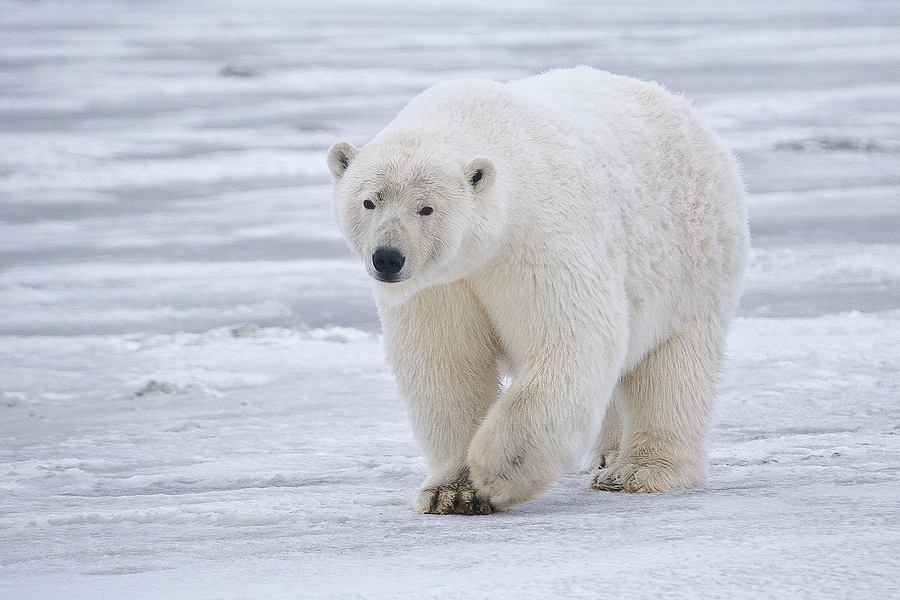The last week of May

Language Arts
In Language Arts students are working on identifying the various types of figurative language. This week students will learn about similes, metaphors, and personification.

Students are exploring poems in which poets use figurative language. Students are learning that the poets use
inferences and imagery in their poetry. Using figurative language adds interest, awakens the reader's imagination, and conveys meaning in a more specific way. Students will work together to discuss, digest, analyze and interpret a variety of poems containing various types of figurative language. For example, the students will discuss the imagery and figurative language used by the poet in the following poem.


Dragonfly
By Rebecca Kai Doylich
This sky-ballerina,
this glimmering
jewel,
glides in a gown
of lucid blue –
with wings that you
could whisper through.

Students learned to turn a piece of narrative into a free verse poem. The lesson emphasized the most important part of writing a free verse poem was making sure the reader understands what the poet is trying to say and the meaning is clear. Additionally they must use descriptive words so the reader can understand the poet's point of view. The following is the narrative piece which students modified into a free verse poem:
I remember when I was at the park with my little
sister.
Normally we would fight a
lot. One of us always wanted to
get on
the slide first. But this one time, my
sister saw a
worm. “Look,” she said,
“it’s like a jungle snake.” I went
over.
“Ahh! A snake! Oh, no!” I said and pretended I was
afraid. That is when she grabbed my hand and said,
“I’ll
save you.” I looked at her and smiled. I was really happy
she was my
sister.
Students determined where to break each line in the narrative and then they decided as a class which words were critical to the meaning of the poem. The results are below.

Narrative Free Verse Poem
I
remember when I
remember
I was
at the the
park.
with
my little sister. My
sister and I
Normally fight
like cats and dogs.
we
would fight Racing
to be first
a
lot. On
the slide.
One
of us My
sister yelled,
always wanted “a
worm
to
get Like
a jungle snake.”
on
the slide first. I
ran over
But pretending
this
one time, “Ah,
A snake,”
my
sister I
screamed.
saw a
worm. Squeezing
my hand,
“Look,” she
said,
she
said, “I’ll
save you.”
“it’s
like a jungle snake.” Smiling,
I went
over. Happy,
“Ahh! for
my sister.
A
snake!
Oh,
no!”
I
said
and
pretended
I was
afraid.
That
is
When she grabbed
my
hand
and
said,
“I’ll
save you.”
I
looked at her
and
smiled.
I was
really
happy
she
was
my sister.

Math
This week students will continue working on addition and subtraction of three digit numbers. Students will break numbers apart and change numbers. For example, the equation
623 + 249 can be broken down as follows:
600 + 200 = 800
20 + 40 = 60
3 + 9 = 12
800 + 60 + 12 = 872
When students use the technique and change the numbers for this same equation, this might be one way to do this:
249 + 1 = 250
623 + 250 = 873
873 - 1 = 872
Students will learn to play the game, Collections Match. In this game students will practice solving multi-digit addition problems.
Science
Students will begin their study of plants. Students will learn about the parts of a seed.

They will plant the seed from a Brassica plant which is a fast growing plant. As they observe and record information about their plant they will learn about the life cycle of this plant from seed to seed.






















